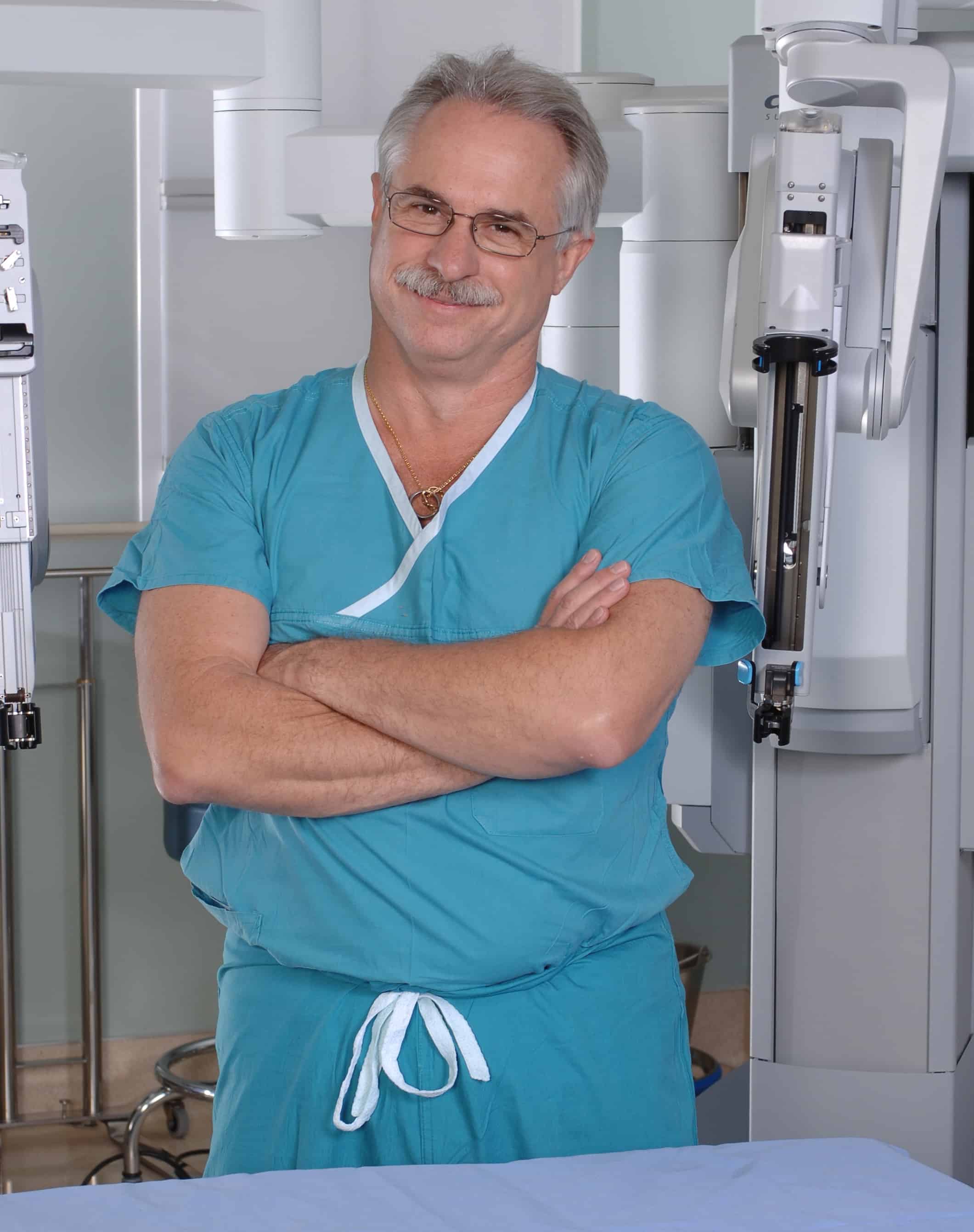“For sheer unadulterated ego, no one is a match for fighter pilots. Except maybe surgeons. Surgeons are in a class by themselves.” Tom Wolfe, The Right Stuff
The popular perception of surgeons is similar to the popular perception of fighter pilots. Arrogant self-confidence, disdain for thoughtful planning and reflection, quick to take action—‘shoot first, ask questions later,’ reckless courage in the face of danger, all are considered typical of the personality type.
Like all stereotypes, there is an element of truth behind the perception. Both surgeons and fighter pilots do jobs that are inherently unnatural. There is nothing ‘natural’ about flying a machine at speeds faster than the sound made by its own engines. There is nothing ‘natural’ about cutting into another human being’s body and rearranging its anatomy.
Performing at a high level in these arenas requires a special kind of confidence in one’s own ability and judgment, a confidence that is often mistaken for arrogance. The willingness to take action in the face of uncertainty, to make irrevocable decisions based on incomplete information, is often mistaken for recklessness. Acceptance of personal responsibility for the consequences of those actions may be mistaken for a disdain for cooperative effort.
“The ability to tolerate risk and to mitigate it to the extent possible is the mark of a good surgeon.”
I know several former fighter pilots. They’d all make good surgeons. And contrary to the popular perception, they are some of the most conservative and risk averse people I know. I don’t mean politically conservative, although most surgeons and pilots tend to identify with that end of the political spectrum. I mean conservative in the sense of resistance to change, reliance on personal responsibility over group responsibility, and acceptance of adverse consequences when a decision goes sideways.
Those who are forced to deal with risk on a daily basis develop ways to both mitigate and tolerate it. Doing the same thing, the same way, every time is one strategy. Checklists and pre-flight or preoperative planning are others. Some of these behaviors and strategies are based on controlled studies of the best, least risky ways to accomplish the task. Others are heuristic—we are trained to do it the way our mentors and teachers did, and we continue that way because it works. This creates an extreme aversion to change. Change is bad. Change is an invitation to disaster. The only thing worse is change you don’t control.
Surgeons are intimately acquainted with risk and its consequences. The ability to tolerate risk and to mitigate it to the extent possible is the mark of a good surgeon. Most of us do this automatically. The calculus of risk versus benefit when assessing a patient is ongoing and often is only a minimally conscious process. Most surgeons are not routinely involved with high-risk patients or procedures. Many consciously avoid them. Trauma and emergency surgery does not offer that opportunity. You take what you get and do your best in the immediate situation.
Bruce Davis, MD, is a Mesa AZ based general and trauma surgeon. He finished medical school at the University of Illinois College of Medicine in Chicago way back in the 1970’s and did his surgical residency at Bethesda Naval Hospital. After 14 years on active duty that included overseas duty with the Seabees, time on large grey boats and a tour with the Marines during the First Gulf War, he went into private practice near Phoenix. He is part of that dying breed of dinosaurs, the solo general surgeon. He also is a writer of science fiction novels. His works include the YA novel Queen Mab Courtesy, published by CWG press (and recently reissued by AKW Books as the e-book Blanktown). Also published through AKW Books are his military science fiction novel That Which Is Human and the Profit Logbook series, including Glowgems For Profit and Thieves Profit.
The Website: www.thatwhichishuman.com
The Blog: www.dancingintheor.wordpress.com


